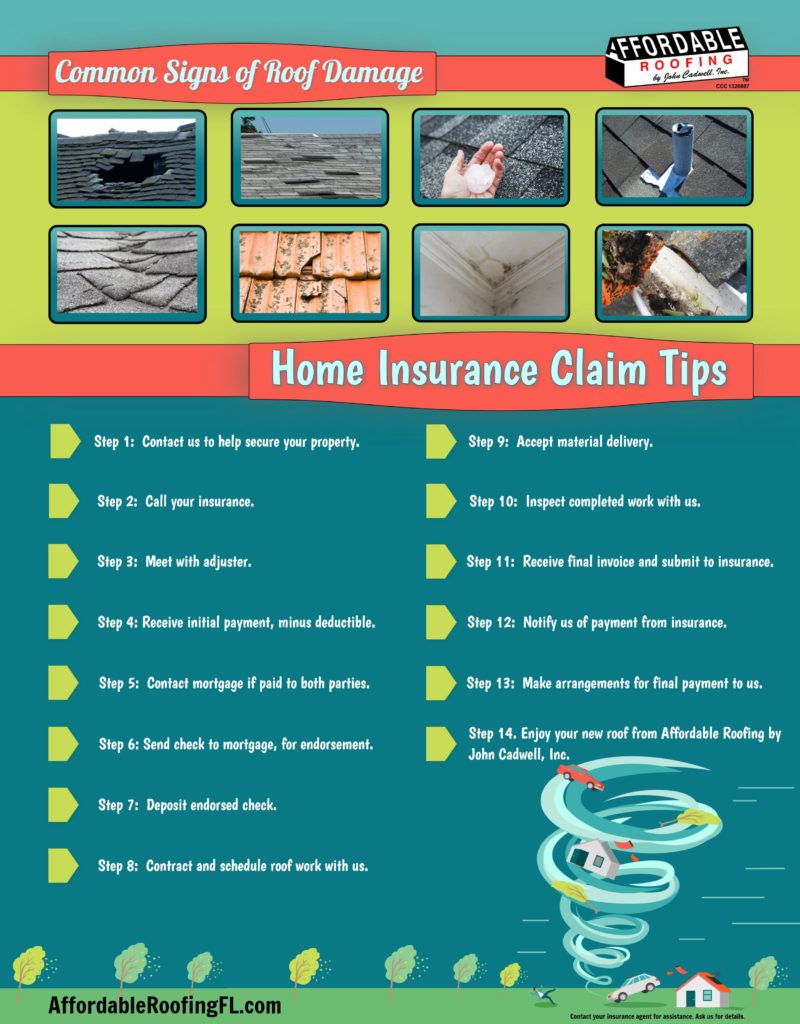How To Place Roofing Damages Before It Comes To Be A Significant Trouble
How To Place Roofing Damages Before It Comes To Be A Significant Trouble
Blog Article
Post By-McKay Kent
To shield your home from prospective pricey repair services, recognizing roof covering damages early is critical. By keeping roofing san antonio texas out for subtle indications like missing out on shingles or water discolorations, you can catch problems before they worsen. However what concerning Recommended Web page neglected areas that could hint at hidden troubles prowling above you? Keep tuned to uncover Click To See More for identifying roof damages prior to it intensifies into a major headache.
Early Indication
Finding roofing system damage early can conserve you time and money. One essential very early indication to look out for is missing out on or damaged tiles. If you observe any type of roof shingles that are split, curling, or entirely missing, it's essential to resolve the concern immediately. These harmed tiles can leave your roof covering vulnerable to leaks and additional damages.
An additional indication to seek is water stains on your ceiling or walls. These stains can indicate a leakage in your roof that requires prompt interest. Ignoring these water stains can bring about extra comprehensive and expensive fixings down the line.
Additionally, watch for any signs of drooping or sagging areas on your roof covering, as this can show architectural damages that needs to be fixed quickly.
Outside Inspection Tips
Regularly evaluating the outside of your roof covering is essential for preserving its honesty and identifying potential damages early. Begin by checking out the tiles-- search for any missing, split, or curling shingles, as these can be indications of roof damages.
Check the gutters for granules from the shingles, as excessive granule loss may symbolize aging or weathering. Take note of the flashing around vents, smokeshafts, and skylights, guaranteeing they're snugly sealed and devoid of cracks.
Search for indicators of moss, algae, or mold and mildew development, as these can cause roof covering degeneration if not resolved promptly. Furthermore, check the fascia and soffits for any water spots or rot, which might indicate water damages.
Finally, analyze the overall condition of your roof from the ground, trying to find any type of sagging areas or noticeable dips. By performing these exterior inspections regularly, you can capture roof damages early and prevent it from turning into a significant issue.
Inside Red Flags
When examining your roofing for potential damages, do not ignore the significance of inspecting the inside of your home. Inside red flags can typically be early indications of roof problems that need interest.
Start by examining your ceilings for any type of water discolorations or staining, as these can indicate a leakage in the roof covering. Another crucial location to evaluate is the attic, where indicators of water damage, mold and mildew, or mold may suggest a roof covering issue.
Pay close attention to any type of mildewy odors or a noticeable boost in moisture degrees, as these can also be indications of water intrusion from a damaged roof. Additionally, sagging locations in the ceiling or walls ought to be taken seriously, as they could be an outcome of water damage compromising the structure.
If you notice any one of these interior red flags, it's important to have a specialist roofing contractor assess the scenario without delay to avoid additional damage and costly repair services.
visit the up coming internet site
By remaining cautious and routinely checking for early warning signs of roof damage, you can avoid small issues from turning into significant problems. Watch out for missing or damaged shingles, water discolorations on ceilings or walls, and any kind of drooping or sagging areas on the roofing system. By attending to these issues quickly, you can save on your own from expensive repairs and ensure your roof covering stays in good condition for several years to come. Remain positive and shield your home from prospective damages.
